
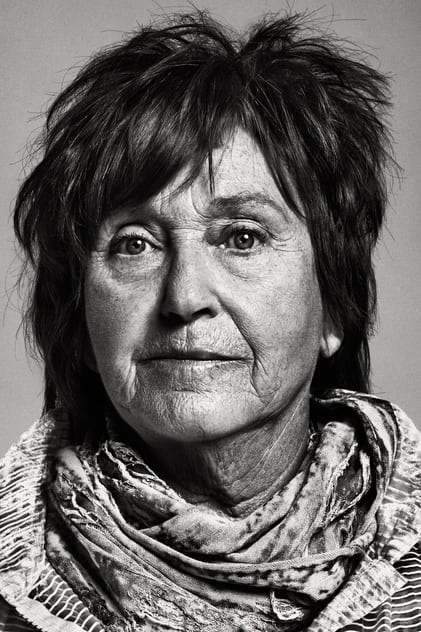
Valie Export
Born: May 17, 1940
in Linz, Austria
in Linz, Austria
Valie Export, born Waltraud Lehner, is an Austrian artist. Her artistic work includes video installations, body performances, expanded cinema, computer animations, photography, sculptures and publications covering contemporary arts.
Movies for Valie Export...
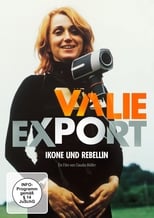
Title: Valie Export - Icon and Rebel
Character: Herself
Released: May 18, 2015
Type: Movie
She is the godmother of performance art. With her shocking public actions she created in the late 60s images that have burned into the general visual memory until today. The life and work of the Austrian artist Valie Export exemplify a development in art history in which women sought and found new ways and means of expression. Her work provides a feminist counterpart to the Viennese actionism of her time, which has influenced numerous artists of subsequent generations. The innovative diversity of her artistic approaches makes Valie Export an icon of 20th century art history.

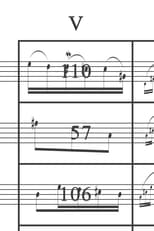
Title: Anagrammatical Composition with Dice by VALIE EXPORT (after W.A. Mozart, Piano) for Soprano Saxophone
Character: Performer
Released: October 5, 2010
Type: Movie
The starting point for this film is an eighteenth-century musical dice game attributed to Wolfgang Amadeus Mozart. A sequence of short, precomposed musical options are randomly selected through rolling dice and following a table of rules; these sequences are then patched together to create a new composition. Here we see one possible result of this chance procedure.

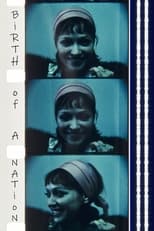
Title: Birth of a Nation
Character: Self
Released: August 6, 1997
Type: Movie
Filmmaker Jonas Mekas films 160 underground film people over four decades.

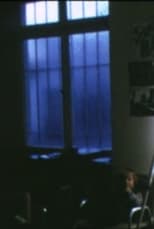
Title: Home Movies 1971-81
Released: January 1, 1985
Type: Movie
Home movies shot on Super 8mm by W+B Hein over 10 years.

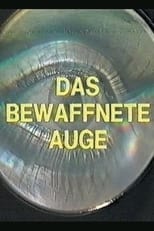
Title: The Armed Eye – VALIE EXPORT in a Dialogue with the Film Avant-Garde
Released: November 14, 1984
Type: Movie
In her three-part series VALIE EXPORT takes a look at the themes of "staged space - staged time", "real movement - movable reality", and "structural film", a genre which no longer exists on public-service television. Using numerous examples from films prepared for the specific media, for example by Wojciek Bruszewski, Malcolm LeGrice, Sergey Eisenstein, Maya Deren, Kurt Kren, Yvonne Rainer, Anne Severson, Alfred Hitchcock, Linda Christanell, Gary Beydler and Marc Adrian, narrative and non-narrative forms of story-telling are examined and compared. Adrian appears in a live interview, and he attempts to explain the conditions of production, methods and Zeitgeist through his own work, including his first computer film, Random (1963). The advanced level of this film is also indicated by the high density of theoretical quotes from Christian Metz, Charles S. Peirce, Vsevolod I. Pudovkin and Ferdinand de Saussure.

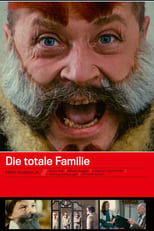
Title: The Total Family
Character: Sister Helga
Released: October 16, 1981
Type: Movie
Baron Childerich III of Bartenbruch considers himself to be a descendant of the Merovingian dynasty and he has drawn up a chart of marriages and adoptions which show that he is his own father, grandfather, father-in-law, and son-in-law. He aims at achieving the "total family" based on one man. He persuades his french relative, Pippin, to help him. But the latter lets him down and breaks up the family... Among those who belong to the (surrounding) world of the Baron are Dr. Döblinger, a writer, who has formed a band of muggers and Professor Horn, a psychiatrist, who quiets his patients by leading them on nose rings and beating them up... Family satire with numerous personal and literary allusions based on the novel of the Austrian writer, Heimito von Doderer.

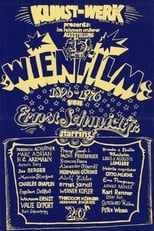
Title: ViennaFilm 1896-1976
Character: Self
Released: January 1, 1977
Type: Movie
This film is a kind of anthology about Vienna, from the invention of film to the present day. The aim is to break down the usual clichéd "image of Vienna" such as that found in the traditional "Vienna Film" by juxtaposing documentary footage, newly shot material and subjective sequences created by various artists. Individual, self-contained sections of the film gain new meaning within the context of historical material. Familiar sites appear estranged when edited together with historical scenes. Other scenes appear like a persiflage or satirical. The film does not incorporate any commentary whatsoever. It is a collage of diverse materials aimed at conveying a distanced image of Vienna to the viewer

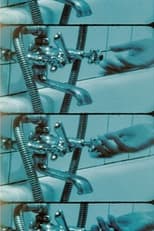
Title: Man & Woman & Animal
Released: September 7, 1973
Type: Movie
Man & Woman & Animal shows a woman finding pleasure in herself, the whole film is a kind of assertion and affirmation of female sexuality and its independence from male values and pleasures... (Joana Kiernan)

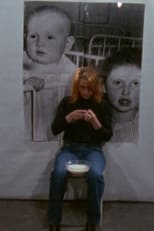
Title: ...Remote..... Remote....
Released: September 7, 1973
Type: Movie
With sometimes painful directness, Valie Export conducts a psychological investigation of the body in this film performance, externalizes an internal state. In front of a police photo showing two children who were sexually abused by their parents, she tortuously cuts into her cuticles until blood drips into a bowl of milk on her lap. On top of the symbolic plane of blood and milk, the physical effect on the viewer of her destructive act of self-mutilation is extreme.


Title: Adjunct Dislocations
Released: September 7, 1973
Type: Movie
“This film deals with exploring one´s surroundings by means of the body, and the exploration of the surrounding body. Not only is something shown in this film, showing itself is shown, not only is something portrayed, portrayal itself is portrayed. A sense of space is created in a way possible only with film: seeing oneself from the front and back simultaneously, from above and below, and from outside in the center of the space. The film combines opposite parts of the space, which form the body´s imperceptible time-space continuum. Space is carried along, just like the camera.” – VALIE EXPORT

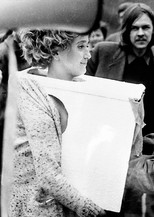
Title: TAPP und TASTKINO
Released: September 12, 1969
Type: Movie
The film is ‘shown’ in the dark. But the cinema has shrunk somewhat – only two hands fit inside it. To see (i.e. feel, touch) the film, the viewer (user) has to stretch his hands through the entrance to the cinema. Tap and Touch Cinema is an example of how re-interpretation can activate the public. Extract fom the documentary "Wiener Underground"

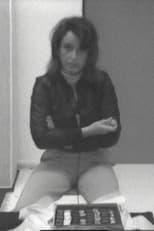
Title: The Sweet Number - An Experience of Consumption
Character: Performer
Released: January 1, 1969
Type: Movie
The subtitle of this merry performance is "An Action Text", indicating that the artist´s introduction for the vaudeville number was an inflammatory impetus. VALIE EXPORT provides precise instructions for the use of a wrapped box of chocolate-covered candy produced by the renowned Viennese company Hofbauer. However she has not made an advertisement for them and their presentation, with Vienna´s landmark, St. Stephen´s Cathedral, she extols it as a work of art instead. (Brigitta Burger-Utzer)


Title: Visual Text: Finger Poem
Released: January 1, 1968
Type: Movie
The 1968 version of Finger Poem. In it, VALIE EXPORT uses sign language in her performance, forming an alphabet with her fingers. This is a work that reflects her interest in semantic theories, her analysis of how language comes about and the images it uses, as well as the varying possibilities for articulation through body language or written or spoken language.

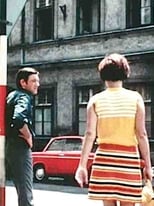
Title: Hernals
Released: December 31, 1967
Type: Movie
In Hernals documentary and pseudo-documentary procedures were filmed simultaneously by two cameras from different viewpoints. The material was then divided into phases of movement. In the montage each phase was doubled. The techniques used in this process vary. Also the sound was doubled, again using different techniques. Two realities, differently perceived according to the conditions of this film, were edited into one synthetic reality, where everything is repeated. This doubling up destroys the postulate: identity of copy and image.
